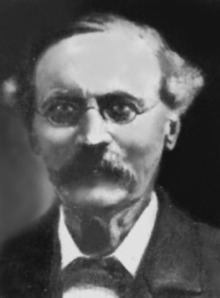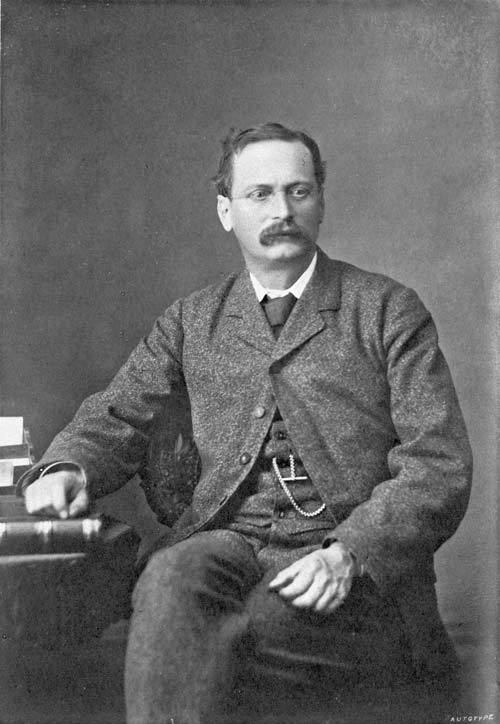Name Frederick Hutton | Awards Clarke Medal | |
 | ||
Died October 27, 1905, Cape Town, South Africa Education King's College London, Royal Military Academy Sandhurst Books The Animals of New Zeal, Darwinism and Lamarcki, Class‑book of Elementa | ||
Hutton's brittle star, Ophioceres huttoni
Captain Frederick Wollaston Hutton, FRS, (16 November 1836 – 27 October 1905) was an English-New Zealand scientist who applied the theory of natural selection to explain the origins and nature of the natural history of New Zealand. An army officer in early life, he then had an academic career in geology and biology. He became one of the most able and prolific nineteenth century naturalists of New Zealand.
Contents

Biography
Hutton was born in Gate Burton, Lincolnshire, England and passed through Southwell Grammar school and the Naval Academy at Gosport, Hampshire. He studied applied science at King's College London before being commissioned in the Royal Welch Fusiliers and fighting in the Crimean War and the Indian Mutiny.
Hutton returned to England in 1860, and continued to study geology at Sandhurst, being elected to the Geological Society of London in the same year. In 1861, he reviewed Charles Darwin's The Origin of Species for The Geologist. Throughout his life, Hutton remained a staunch exponent of Darwin's theories of natural selection, and Darwin himself expressed his appreciation in a letter to Hutton.
Hutton married Annie Gouger Montgomerie in 1863, and resigned his commission in 1866 to travel with his wife and two children to New Zealand, where four more children would follow. They lived initially in Waikato, where Hutton tried his hand at flax milling, but he soon changed back to geology, joining the Geological Survey of New Zealand in 1866 and becoming Provincial Geologist of Otago in 1874. At the same time, he was made lecturer in geology at the University of Otago and curator of the museum there along with Emile Campbell-Browne (1830–1925). Hutton became professor of biology at Canterbury College in 1880, and was elected a Fellow of the Royal Society in 1892. The following year, he also took on the curatorship of the Canterbury Museum. Towards the end of his life, Hutton was made president of the Royal Australasian Ornithologists Union. He was awarded the Clarke Medal by the Royal Society of New South Wales in 1891. He was founding President of the Royal Society of New Zealand from 1904 to his death in 1905; he was followed by Sir James Hector.
He worked successively at the Colonial Museum, Wellington (1871–1873); Otago Museum, Dunedin (1877–1879); and the Canterbury Museum, Christchurch (1887–1905)
Hutton died on the return voyage from England on 27 October 1905, and was buried at sea off Cape Town, South Africa. He is commemorated in the Hutton Memorial Medal and Research Fund, awarded for scientific works bearing on the zoology, botany or geology of New Zealand. Hutton's shearwater (Puffinus huttoni), a sea bird, was named after him.
Taxa
Taxa described and named by Hutton include:
